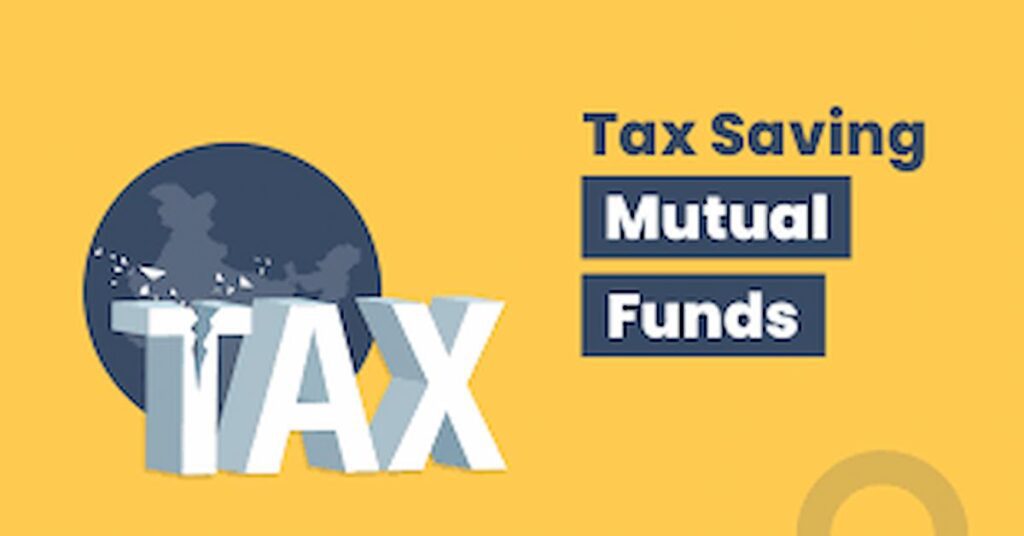Mutual Funds – In recent times, there has been a bombarding of mutual fund ads running across all types of media. Everyone seems to be saying that a mutual fund is a great investment option. But do you know how to pick the best mutual fund for yourself? If not, no worries. Sharing with you the top factors, based on which you will be able to correctly analyze and choose the best mutual fund.


Categories of Mutual Funds
There are various categories of mutual funds – equity funds, debt funds, hybrid funds, and others. If you want to keep the investment for 1-3 years, you should go for debt find. If your horizon is for 3-5 years, hybrid funds are your go-to and if you can stay in the market for 5+ years, you must invest in equity funds.
Risk Appetite
Furthermore, there are large-cap funds that are the best-performing funds and fall in the low-risk zone, then mid-cap funds having medium risk, and lastly, small-cap funds that operate in high risk.
Performance Consistency
You should not just go ahead and invest in a fund that has done extremely well in the last one or two years. A good mutual fund has performed consistently well in the past 5 to 7 years. Performance consistency is arguably the most important indicator as it implies that the fund can sustain its return percentages and not lose money even in wavering situations.
Fund Manager-
You are entrusting your hard-earned money to the Fund Manager who promises to get the best returns possible. This calls for action to check the history of the fund manager- how many portfolios he/she manages and how successful he/she has been in their work.
Expense Ratio-
The expense ratio determines the amount that the AMC is going to deduct from your earnings as their charges. This can be termed the cost of investment. The expense ratio should be on the lower side. A mutual fund with an expense ratio in the range of (0.6-1.8) % should be sought after.
Alpha –
For each scale of the fund, there is a performance benchmark. For the large-cap funds, the benchmark is Nifty. Anything earned more than Nifty is termed as Alpha. A fund that is performing better than its industry benchmark becomes an obvious go-to option. Alpha is the redundant returns relative to the request standard for a given quantum of threat taken by the scheme.
Beta-
Beta registers the fund’s response to market volatility. Lesser beta indicates that the fund is stable even when the market weather is not so great.
Mutual fund Rating-
Mutual funds are rated on a scale of 1-5. A higher rating indicates a better risk-adjusted return when compared to other mutual funds of the same category.
Start your reading goal right here and also educate yourselves in the technical aspects. We have a tailored piece of content to make you feel at ease. Visit our article page- Calanjiyam Blog
Learn to code or start your career in programming with online coding and programming courses. Visit our courses page-.Calanjiyam Courses
Calanjiyam Consultancies and Technologies.
FAQs
What are the 4 main categories of mutual funds?
Most collective finances fall into one of four main orders – plutocrat request finances, bond finances, stock finances, and target date finances. Each type has different features, pitfalls, and prices. plutocrat request finances have fairly low pitfalls.
What are the 3 duty redeemer collective finances in 2022?
As on March 7, 2022; the 5 stylish duty-saving collective finances purely grounded on returns for different ages are as follows For 1 time- Quant duty Plan(31.71), PGIM India ELSS Tax Saver Fund(17.53), IDFC Tax Advantage( ELSS)(16.67), BOI AXA duty Advantage(13.09), DSP Tax Saver(11.85).
